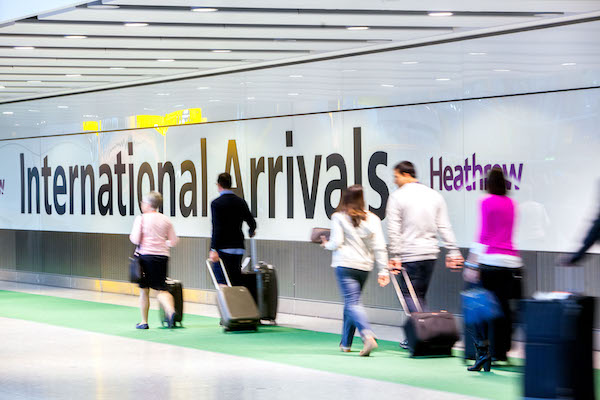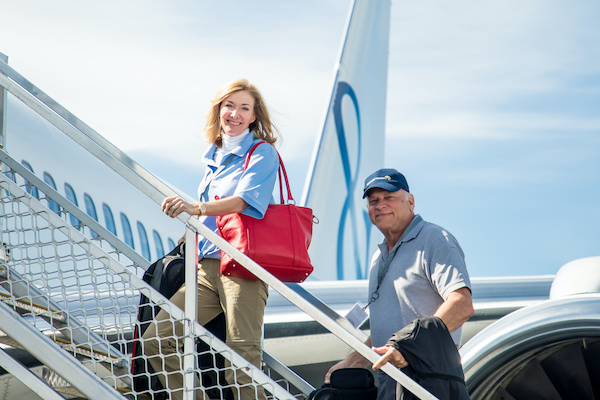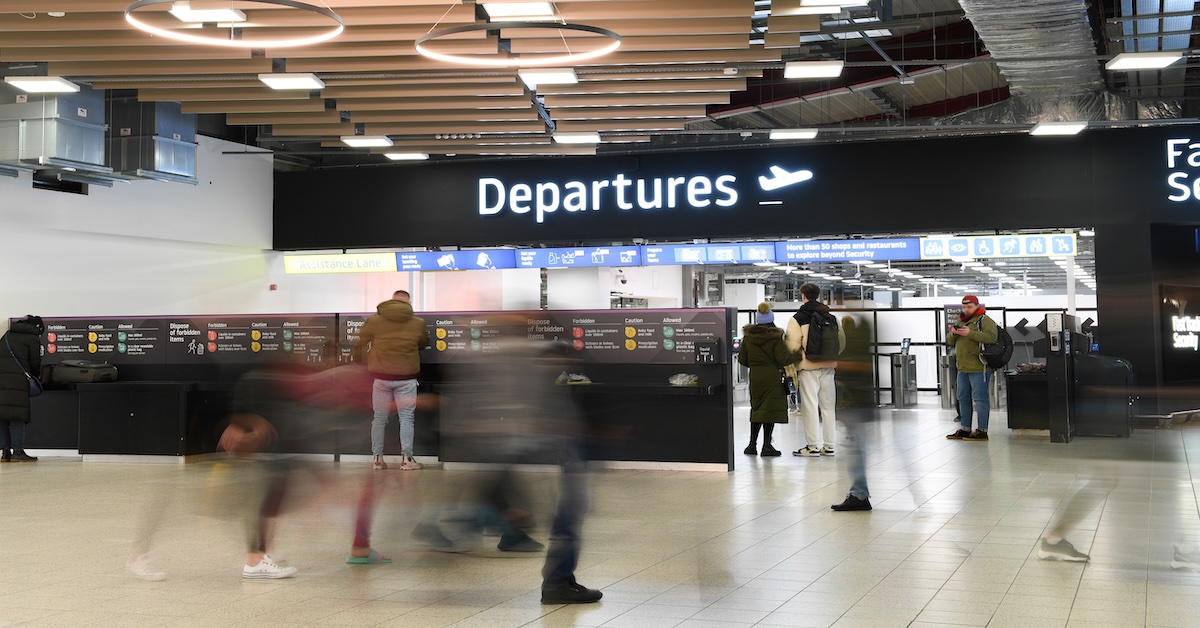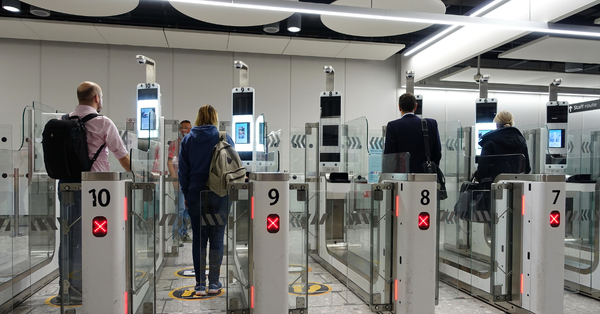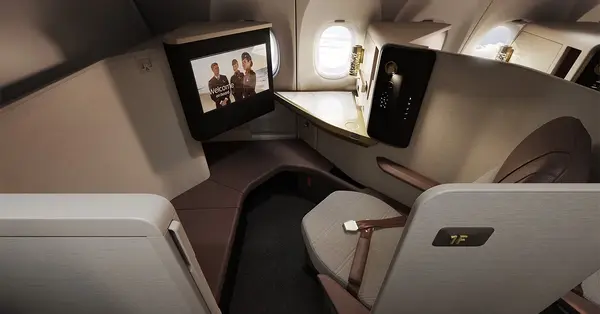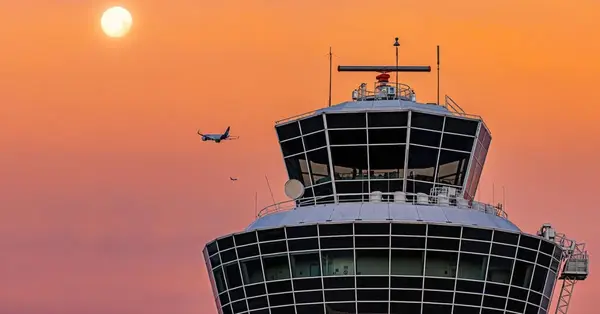You are viewing 1 of your 2 free articles
Analysis: Will UK airport growth take off?
Ministers are poised to make a series of planning decisions on expansion at major UK airports, having assured industry leaders they are committed to growth. Ian Taylor reports
The government began the new year by hailing the sustainable aviation fuel (SAF) mandate which came into force on January 1 as key to reducing aviation’s CO2 emissions and allowing it to “grow sustainably”.
But there will be key tests of the approach to aviation growth within weeks with decisions due on the expansion of both Gatwick and Luton airports.
A decision on plans to bring Gatwick’s back-up northern runway into regular use and expand passenger numbers from 41 million to 75 million is due by late February, with a decision on plans to increase capacity at Luton from 18 million to 32 million passengers to follow by April 3.
The latter was pushed back for a third time in December to allow transport secretary Heidi Alexander, appointed in late November, “time to fully consider” the application.
It’s possible a decision on Gatwick could be similarly delayed.
Environmental groups including the Aviation Environment Federation, Greenpeace, Friends of the Earth and the New Economics Foundation urged the government to reject the plans in December, suggesting “any expansion is irresponsible”.
They noted expanding airports “goes directly against” the guidance of the Climate Change Committee which advises the government, suggested there is “compelling evidence” that the benefits of airport expansion have been exaggerated, and described confidence in SAF reducing emissions as “extremely low”.
But the biggest test for the government will be over a third runway at Heathrow.
French private equity group Ardian became the biggest shareholder in Heathrow, acquiring a 23% stake in the airport in December as part of a £3.3 billion change in ownership, and declared: “We don’t invest in companies if they don’t have a growth plan.”
Saudi Arabia’s Public Investment Fund (PIF) also acquired 15% of the UK’s main airport, with Spanish infrastructure group Ferrovial, which previously owned Heathrow, reducing its stake to 5%.
The Qatar Investment Authority remains the second largest shareholder with 20%.
Ministers have spoken positively of expansion. Louise Haigh, then transport secretary, insisted in November: “We’re completely behind aviation expansion so long as it meets our carbon targets.”
Aviation minister Mike Kane told airport leaders in December: “If Britain is to grow, aviation has to grow.”
But the Financial Times reported a senior government ‘aide’ noting: “There isn’t universal backing for a third runway [at Heathrow]. It’s not a priority.”
Energy secretary Ed Miliband is known to be opposed and seven members of the current cabinet voted against a Heathrow third runway in a Commons vote in 2018. London mayor Sadiq Khan is also opposed.
A third runway would increase Heathrow passenger numbers from about 80 million to 142 million a year, with Heathrow chief executive Thomas Woldbye telling fellow aviation leaders in November: “I would hope we have a decision by the end of next year.”
The government has said a third runway must meet four ‘tests’ – to deliver growth across the UK, meet the UK’s climate obligations and comply with air pollution and noise requirements.
A senior government figure said: “They are pretty tough tests. They are stringent. It’s up to Heathrow to explain whether they can be met.”
A get-out for ministers could be that they have said it’s up to Heathrow to present proposals before the government makes a decision, but Heathrow bosses would like a decision before revising the costly planning process.
Iata director general Willie Walsh, who as chief executive of British Airways lobbied for a third runway, dismissed any uncertainty last month when he insisted: “I don’t expect to see a third runway at Heathrow.
“I rate the prospect as 0%. The cost and environmental issues Heathrow faces are beyond anything that can be achieved.”

